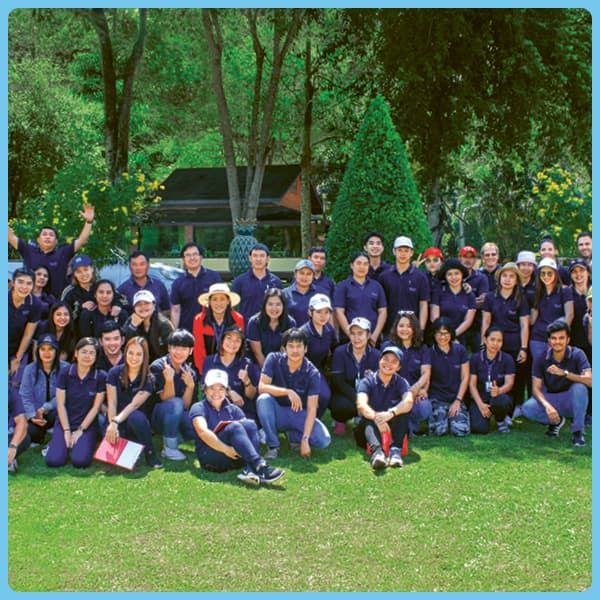We not only develop our products in conjunction with experts in order to fulfill the highest quality expectations, but also to achieve well thought-out and long-lasting solutions. For us, this responsibility extends beyond the point of sale, because we also need the support of our stakeholders to effectively improve the life cycle assessment of a product. An important step in our product development is the calculation of the product carbon footprint (PCF). This is an ecological measure indicating the amount of greenhouse gases emitted during the life cycle of a product. The smaller it is, the lower the burden on the environment.
We have been dealing with the topic of sustainability in product development for a long time. In addition to our standard requirements such as safety and functionality, we also deal with the question of how our products can contribute to climate protection.

Thomas Rohaczek
Head of Product Design & Development
Thought through: climate protection in the supply chain
In addition to use, raw materials and production are responsible for most of the CO2 emissions in the product life cycle. Looking at the PCF analysis for the Anti-Colic bottle, it becomes clear that there is also great potential for reduction here. That’s why we work exclusively with suppliers who take sustainability just as seriously as we do. This is anchored in our code of conduct and a basis for all collaborations. We source 97% of our product components from Austrian suppliers. This has a positive effect on the carbon footprint, since long transport routes are no longer necessary, thereby reducing the ecological footprint of the end product.

We calculated our CO2 footprint and derived reduction targets from the results, for example in the areas of logistics and sales.

Lionel Chenais
General Manager MAM France
Climate protection concerns everyone
Even the smallest change in the life cycle of a product can have a major impact on the climate. Being aware of this, we are also working on continuous improvements at our other locations. For example, our sustainability teams are dedicated to increasing electromobility and improving logistics, as these factors also contribute to minimizing the long-term ecological footprint. The team in France, for example, reached a company-wide milestone in 2020 and was the first location to calculate its entire carbon footprint. From the results, the team has derived measures that will be implemented in the current year.





























